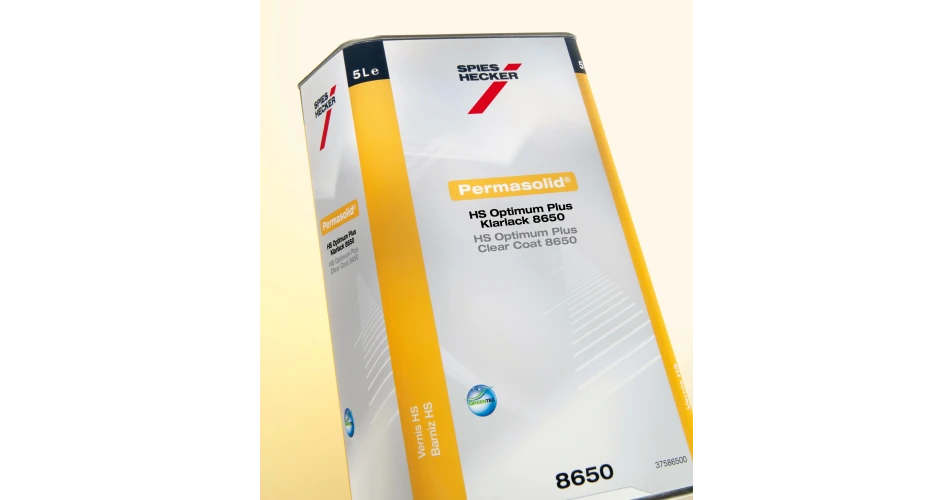Although winter has yet to really arrive this year, a cold spell is never far away and leading paint supplier Spies Hecker has issued some timely advice on painting in winter conditions.
Mixing and applying refinish paint on a cold winter’s day can be a tricky business. Low temperatures can increase paint viscosity and liquids can thicken. In cold conditions, getting the temperature right is one of the most important factors for successful refinishing. The paint has to be stored, mixed and applied at the right temperature, and the substrate’s temperature is also key.
“The ideal storage temperature for paint products would be from 15°C to 25°C, with 20°C being the optimum,” advises Kevin Welling, Training Academy Manager for Axalta Coatings Systems. He adds, “If temporary storage of paint material is required for a few days, 7°C to 35°C is possible, but the products must always be stored in frost-free conditions. In the event of extremely unfavourable conditions in the bodyshop, a mixing area that is well heated could help. But you should always be on the lookout for avoidable mistakes, even something basic like leaving the doors to the mixing area open. A constant room temperature, at all times, is essential. But in winter, not only should the paint mixing room be constantly heated, but products like primers and surfacers should also be stored at the right temperatures.”
Kevin says the ideal refinish paint application temperature in the spraybooth is around 20°C. Insufficiently temperature-conditioned paint materials coupled with application at unusually low temperatures can increase the risk of excessively high film thicknesses. This in turn can cause flaws such as solvent popping and orange peel effect, which need time-consuming rework. Spies Hecker recommends the use of Permasolid® VHS Hardener 3220 and Permacron® Reducer 3380 to adjust the viscosity of priming materials in colder conditions. The Permasolid® HS Clear Coat 8650 is also an option, as this VOC compliant clear can provide optimal application even under unfavourable spray booth conditions.
The temperature of the vehicle being refinished must also be monitored. If it is allowed to get cold, a fine film of condensation could form when it warms up again. Kevin says, “Condensation isn’t always visible but it can cause loss of adhesion and other paint flaws. Our recommended best practice is to bring the vehicle into the heated bodyshop several hours before painting. After the drying process in the booth, the vehicle should then be allowed to cool slowly to room temperature before being exposed to wintery temperatures.”
Even if all these precautions are taken, there is another common pitfall associated with refinishing in cold weather: de-icing salt residue. Vehicles should be cleaned thoroughly before repair to remove any remains of de-icing salt so that it can’t get into the coating. Kevin advises, “After cleaning with a conventional silicone remover, surfaces should be treated with a water-based silicone remover, as salt will only dissolve in water. If only conventional silicone removers are used, they may leave salt residues that cause paint defects, including blistering.”
Kevin says that refinishing in the winter doesn’t have to cause problems for bodyshops. All that is required is a little planning and preparation so that the work is carried out easily and efficiently.
For more advice or information on Spies Hecker products recommended for winter use, contact your local distributor or visit www.spieshecker.co.uk
